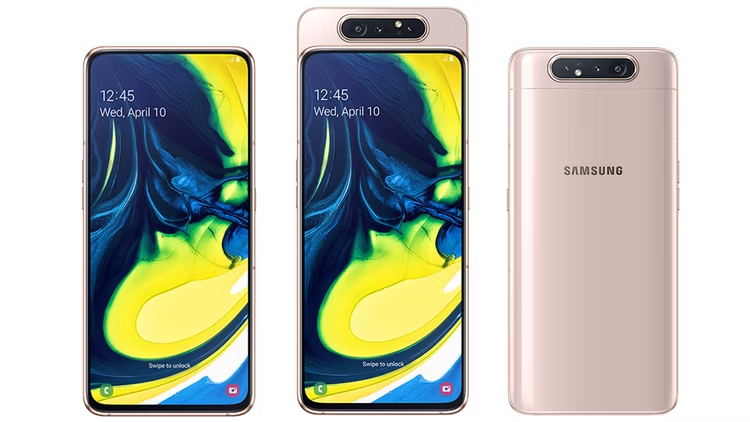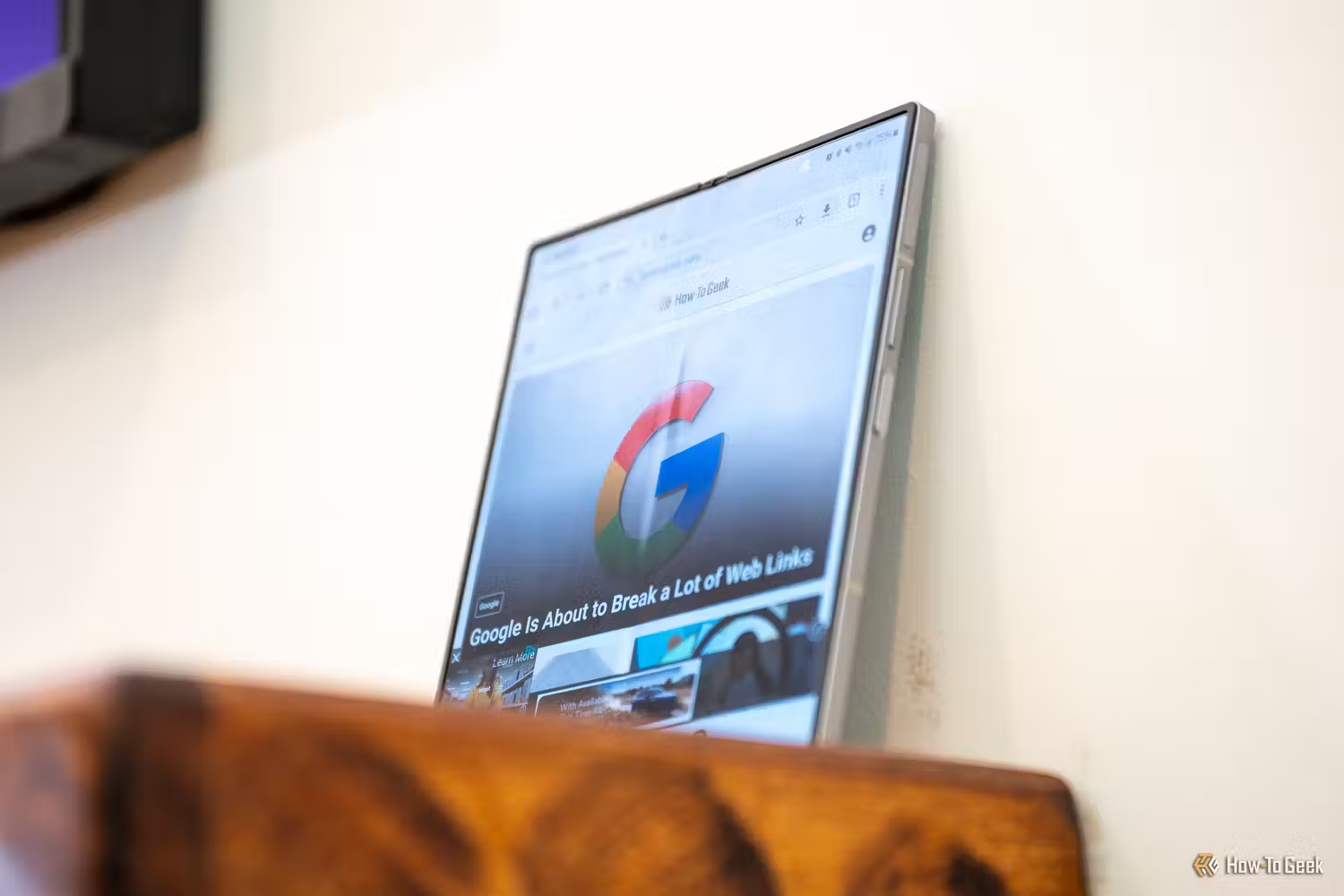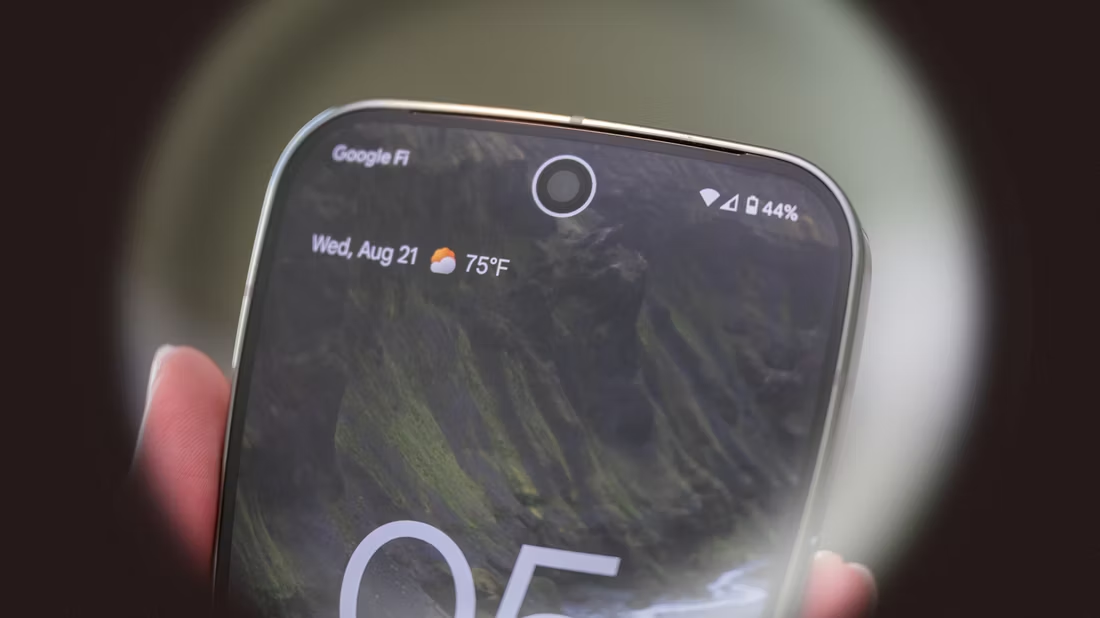Estimated reading time: 70 minutes
It was clear that smartphone manufacturers sought to remove bezels to give a unit with a front screen only. We are now almost there except for the front camera, which still needs a cutout. But why?
The (Many) Screen Cutout Alternatives We Saw
What needs to be understood is that front camera cutouts have remained a norm not because manufacturers did not attempt any changes. Several attempts were made at it. Before making the final leap to a foldable device, the end goal was borderless, without even a bezel, design where nothing could obscure the view. But, if individuals were not ready to sacrifice the front-facing camera (which was not the case), there was a problem to solve. Therefore, the innovations of notches and later even punch-hole displays came.
Some companies such as OnePlus, Xiaomi, OPPO and even giants such as Samsung tried to find options to eliminate the cutout from 2018 to 2020.

The most common alternative was a pop-up camera. Instead of having the front-facing camera located within the display of your phone, it would instead be located inside the phone and would slide up from the top of your phone’s frame whenever you needed to use it. If an app used the front camera, it would pop up and be lowered whenever you were done with it. Among phones sold in the US with this mechanism, we notably had the OnePlus 7 Pro in 2019.

Other alternatives included phones with no front camera at all—the rear camera would instead “flip” from the back to the front whenever you wanted to use the front camera. This method was used by phones such as the Samsung Galaxy A80 and by phones such as the ASUS ZenFone 6/7/8 Flip.
Why Everyone Seemingly Gave Up
Some of these ideas were pretty cool—the rear camera is always better, so why not flip it around? But at a certain point, everyone just stopped experimenting and embraced punch-hole cutouts instead. No manufacturer gave a public explanation for it, but we can take a few guesses.
The most probable explanation is that implementing these methods rather than just doing cutouts was more troublesome than “smart.” Sure, the phones look pretty, but the pop-up cameras and the flipping cameras involved moving parts. Concerns about the mechanisms giving out and failing over time were probably exaggerated, as phones with these cameras are well alive to this day. But the fact that they were moving parts, and there was a whole internal mechanism for them, also meant that they took up a lot of internal space inside those smartphones. And this was at a time when, as a manufacturer, you probably needed every millimetre you could get for other components.
They also probably brought up the cost of manufacturing by quite a bit. If it’s not functionally any better other than making the smartphone debatably prettier, then there wasn’t any point to keep pushing it, especially if the bigger brands weren’t bothering with it at all (Samsung’s Galaxy A80 was just a one-off).
Will Screen Cutouts Ever Disappear?
Right now, it doesn’t look like anyone is actively trying to get rid of screen cutouts, but that doesn’t mean that no work is being done in this direction. The next logical step is under-display front-facing cameras, where the front-facing camera is under your screen and works with no cutout needed.

The problem is that they still need a lot of work before they can be a widespread solution. One example of a phone lineup currently doing under-display cameras is the Galaxy Z Fold range, as the foldable screen has an under-display camera. Even then, it’s not ideal. The latest Galaxy Z Fold 6 has a camera with a mere 4MP resolution, and it’s really low quality. There’s a reason you don’t see Samsung doing this in its other smartphones yet.
If we ever improve those, then we’ll have completely flawless, bezel-less cameras. Until then, though, it’s better to just deal with those annoying cutouts. At the end of the day, they don’t change the experience much, and Apple has turned it into a full-blown “feature.”







